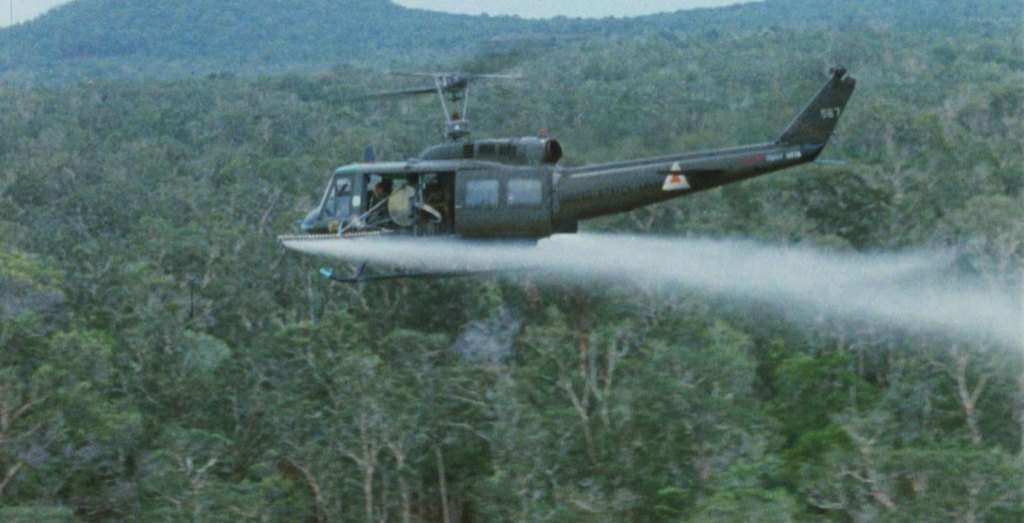
Called them “propagandists” and “communists trying to discredit the U.S.”
[This article continues CAM’s commemoration of the 50th anniversary of the end of the Vietnam War.—Editors]
Got off the plane in Vietnam;
Vietnam veteran calling himself Bohica, 2013.
It didn’t seem like war.
With all I saw, I started to wonder
What I had come there for.
Oh, the Army tried some fancy stuff,
To bring them to their knees;
Like Agent Orange defoliants,
To kill the brush and trees.
We’d hike all day on jungle trails,
Through clouds of poison spray;
And they never told me then,
That it would hurt my health today.
This Agent Orange from Vietnam,
We carry it with us, still;
It stays inside for years and years,
Before it starts to kill.
You might get cancer of the liver;
You might get cancer of the skin;
You can file for disability,
But you might not live to win.
Dr. Ton That Tung was a world-renowned doctor who performed the first heart surgery in Vietnam in 1958 and invented a new liver surgery method that minimized internal bleeding by shortening the operation to only four to eight minutes.
When Dr. Ton and his colleagues raised alarms about the pernicious effects of Agent Orange and its connection to liver disease during the Vietnam War, U.S. diplomats called him and his colleagues “propagandists, liars and communists seeking to discredit the United States.”
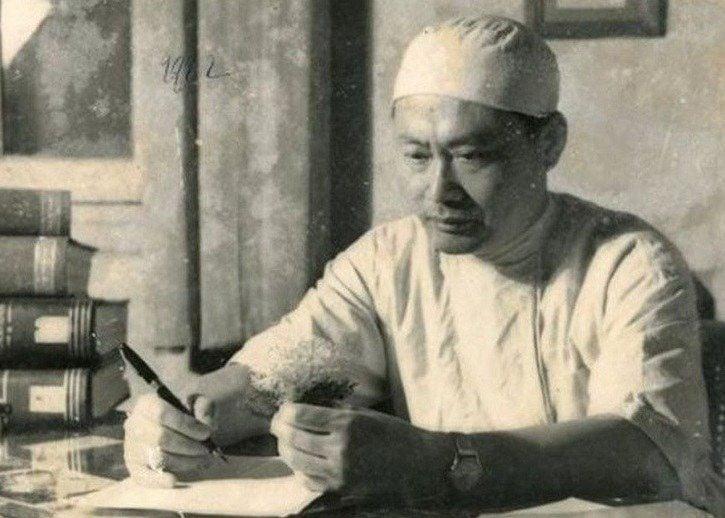
Chinese scientists who reported on U.S. biological warfare in the Korean War were branded in a similar way, though definitive proof has come to light indicating they were right—like Dr. Ton.
George Black, author of The Long Reckoning: A Story of War, Peace, and Redemption in Vietnam (New York: Alfred A. Knopf, 2023), says that smears directed against Dr. Ton and other Vietnamese scientists knowledgeable about Agent Orange lasted into the 2000s.
Black was a featured speaker at a November 14, 2024 webinar hosted by the Vietnam Peace Commemoration Committee, which aims to educate the public about the horrors of the Vietnam War and noble efforts of the peace movement to end it.
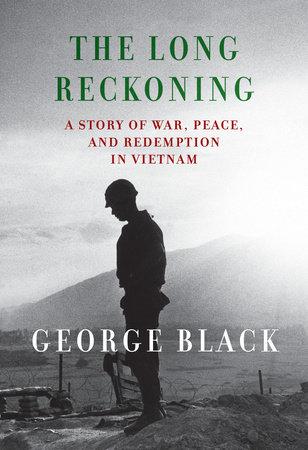
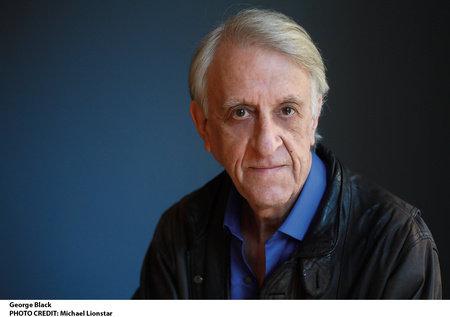
Black started his talk by explaining that Agent Orange was one of a number of chemical herbicides used by the U.S. military in Vietnam; others included Agent White, Purple and Blue.[1] The U.S. military sprayed 20 million gallons of herbicides during the war, 62% of which was Agent Orange.
The three main purposes for herbicidal spraying were to: a) defoliate and remove forest cover to help expose the Vietcong (National Liberation front-southern based guerrilla movement) so they could be attacked from the air; b) destroy the Vietcong’s food crops and starve them and elements of the population that supported them; and c) defoliate the edges of roads, railways, waterways and U.S. military bases so they could not be ambushed.
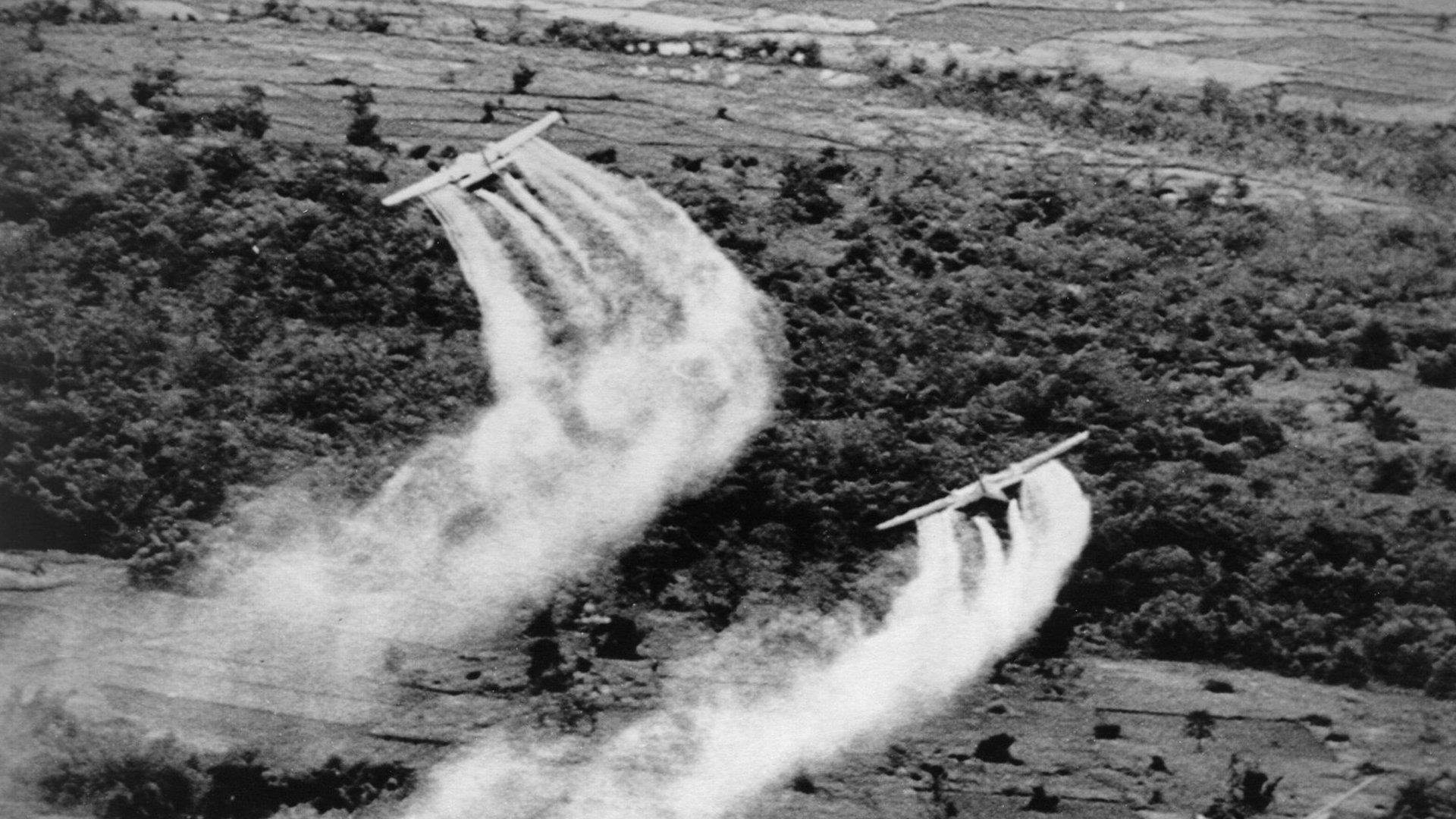
The spraying of U.S. military bases explains why so many non-combat veterans of the Vietnam War (more than 80% of all U.S. veterans from that war) were affected by Agent Orange.
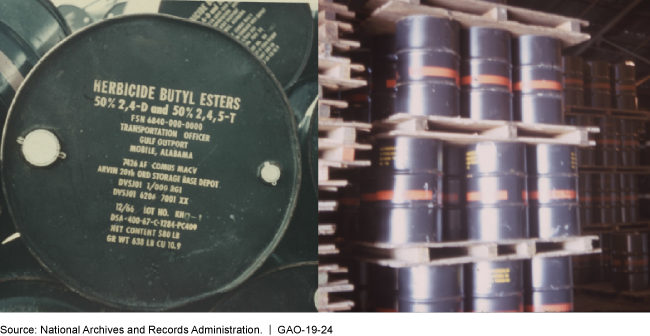
Dr. Arthur H. Westing, a pioneer in the study of the environmental effects of war, wrote about his visit to Kampong Cham Province in southeast Cambodia in 1969 where Agent Orange spraying resulted in the destruction of 45,000 jackfruit trees, creating profound hardship for the local population whose yearly crop was wiped out.[2]
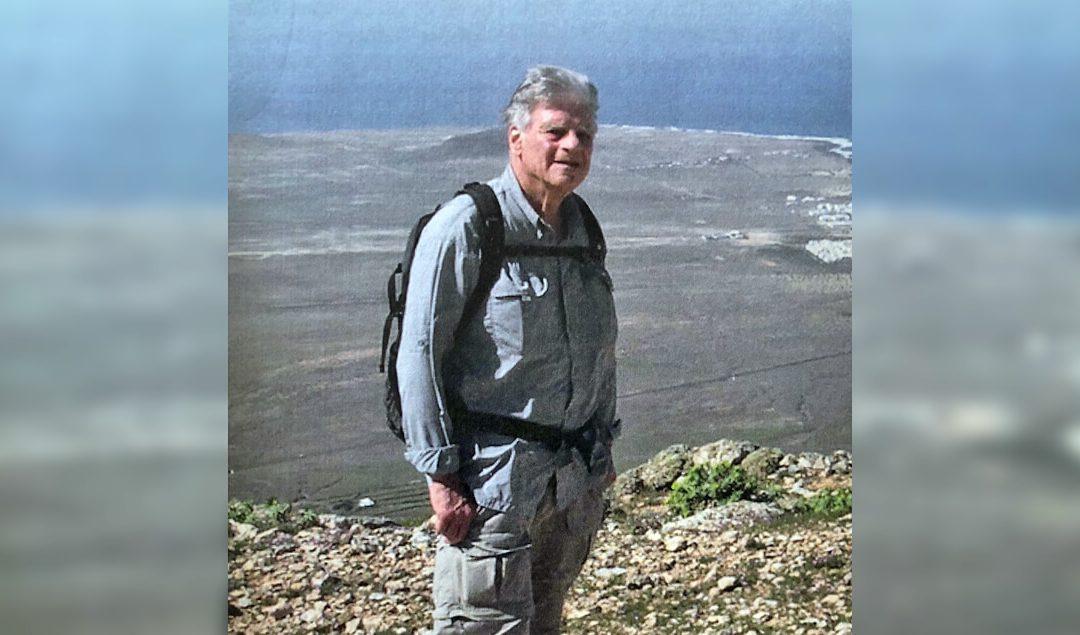
Because of its perceived military value, the Pentagon ramped up Agent Orange production as the Vietnam War went on, resulting in a decline in quality control and an increase in dioxin levels.
The primary manufacturers of Agent Orange were Dow Chemical and Monsanto, the latter of which also manufactured napalm, a jellied gasoline that burns the flesh to the bone.
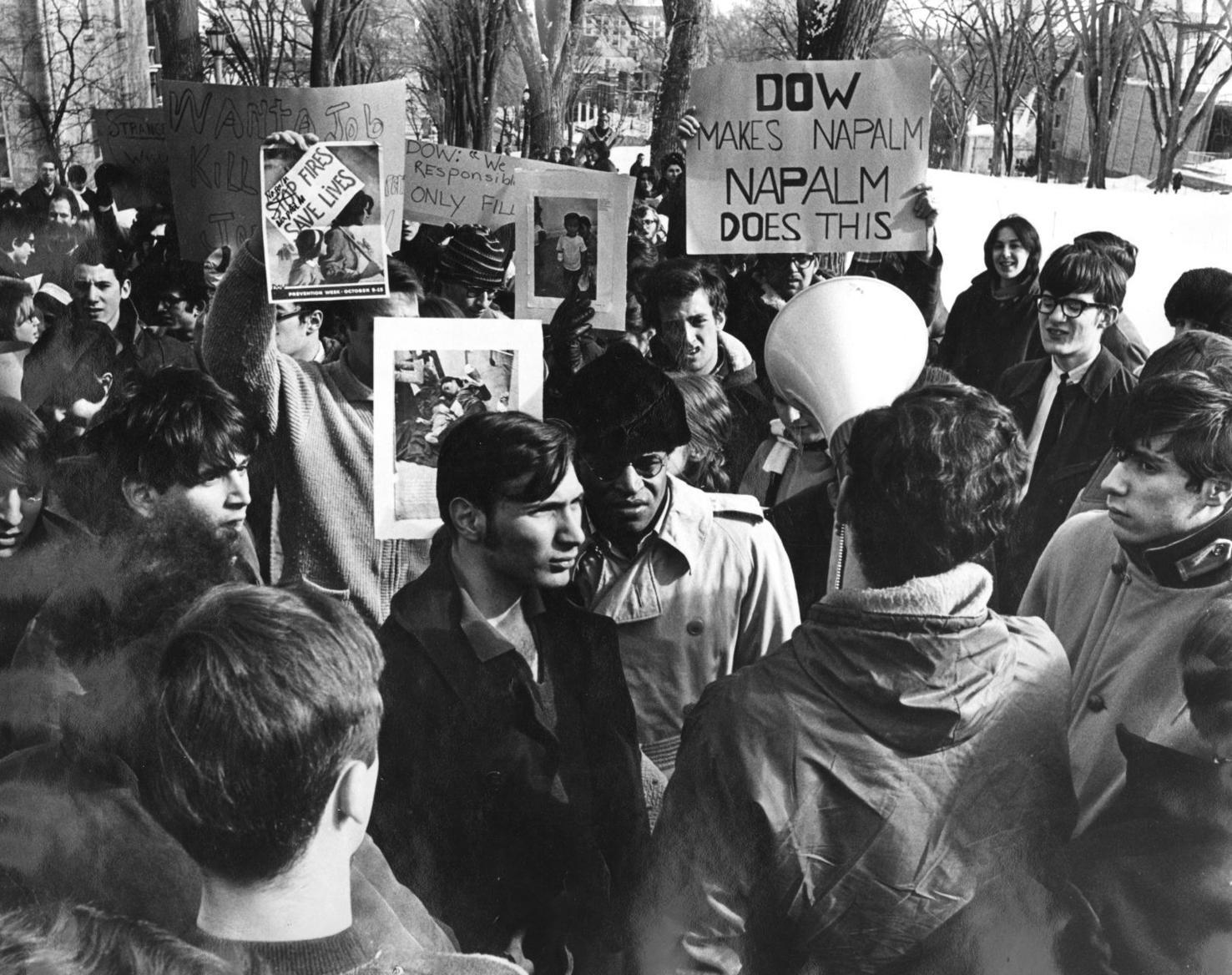
Matthew Meselson, a geneticist from Harvard, was among the first scientists sent to Vietnam to study the ecological impact of Agent Orange, according to Black. Subsequently, he lobbied the Nixon administration to suspend chemical and biological weapons production in the U.S. and got Nixon to phase out herbicide operations in Vietnam.
When Meselson interviewed General Creighton Abrams, the Supreme Commander of American Forces in Vietnam, Abrams told him, ironically, that Agent Orange was useless on the battlefield.
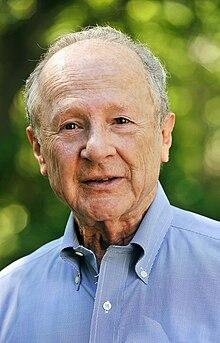
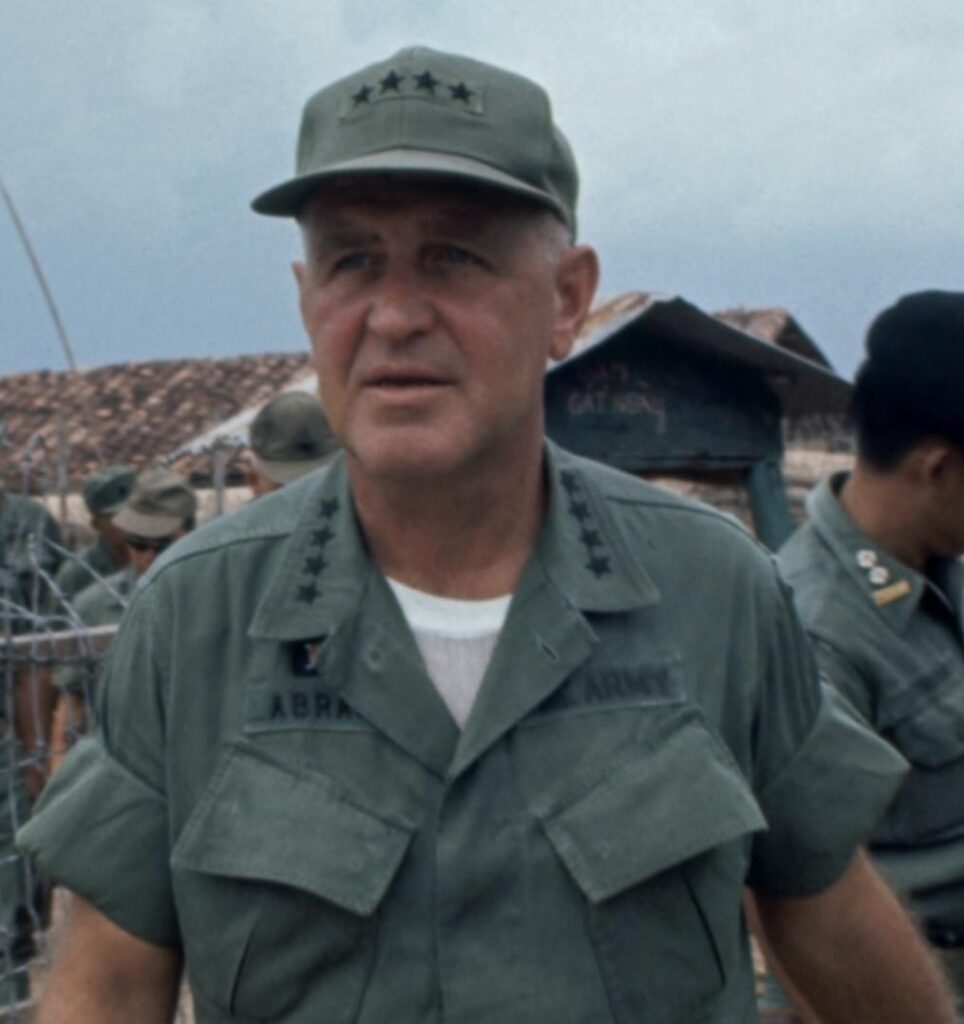
General Douglas Kennard was told by a group of fellow generals that spraying Agent Orange was “like dropping a postcard on enemy held territory” because it helped advertise U.S. military operations in advance, allowing the enemy time to run away.
Meselson’s assessment was confirmed by Dr. Ton, who published articles in The Lancet, the prestigious British medical journal, and was appointed to a Vietnamese government commission in 1980 to study Agent Orange’s effects.
Another member of that commission (the so-called 10/80 Committee), Dr. Le Cao Dai, treated Agent Orange victims as director of a North Vietnamese Army field hospital in the western highlands of Central Vietnam south of the demilitarized zone and published a book on Agent Orange with the Vietnamese Red Cross. Another member, Dr. Nguyen Thi Ngoc Phuong, received the Nobel Prize for Asia and was Vice Chair of the National Assembly and chaired Vietnam’s Foreign Relations Committee.
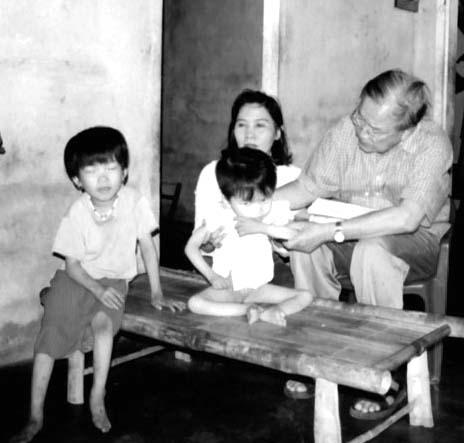
Dr. Nguyen said that she first encountered Agent Orange in the late 1960s as a medical intern when she helped deliver babies with severe birth defects as a result of the lingering effects of the highly toxic chemical, which was sprayed by the U.S. military under the Operation Ranch Hand inaugurated by President John F. Kennedy in 1962.
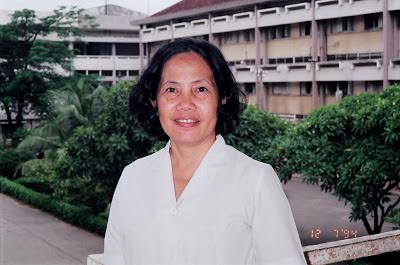
A group of Canadian scientists with expertise in chemical dioxins working for a Vancouver-based company (Hatfield Consultants) in the 1990s examined fish, beef, chicken and vegetables eaten by people in the heavily sprayed A Shau Valley, where Hamburger Hill, the site of a famous battle during the war, was located.
They determined that Agent Orange residue was transmitted to babies through breast milk, explaining high rates of deformities in heavily sprayed areas during the Vietnam War and among some offspring of American Vietnam veterans.
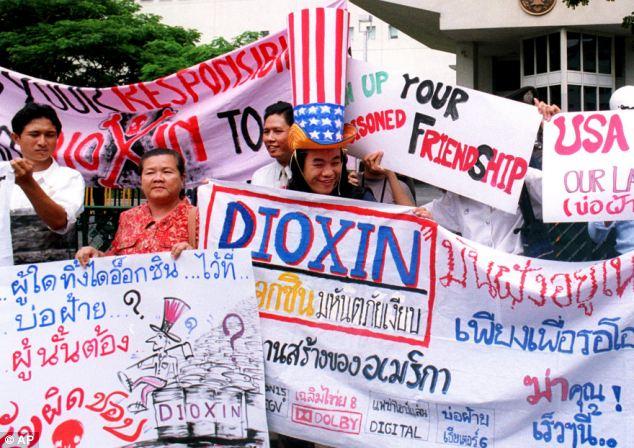
The second speaker at the webinar, Heather Bowser, whose father Bill Morris, served in Vietnam in 1968-1969, believes that she is among those to have been handicapped as a result of her exposure to Agent Orange dioxins.
Bowser was born prematurely in 1972 missing several fingers and without a right leg and big toe on her left foot (her other toes were webbed). Bowser noted that, before her father died in 1998, he had said that, “if I had known I was taking my children to war, I would have dodged the draft.”
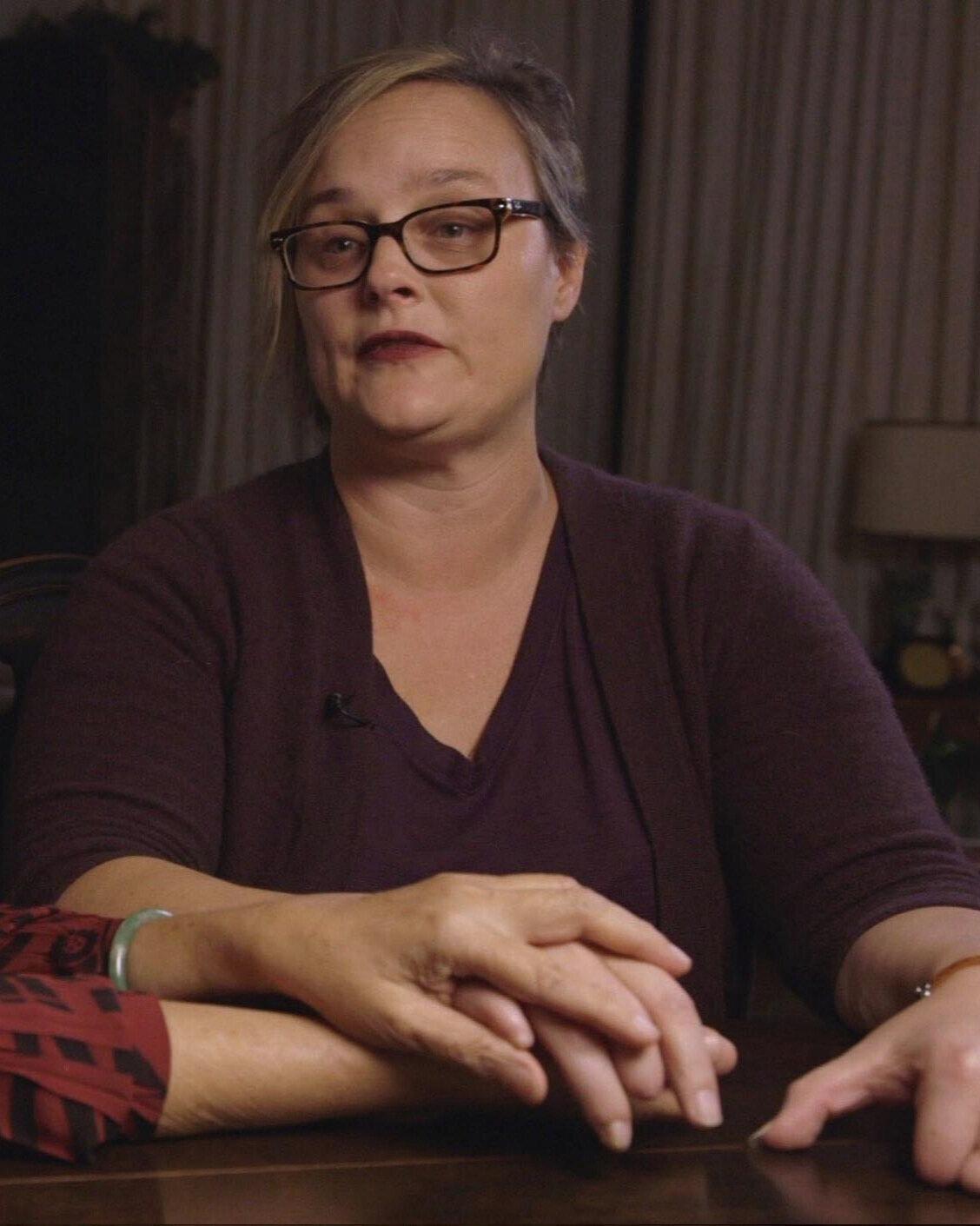
A counselor living in Poland, Ohio, Bowser considers herself to be an Agent Orange activist. She showed viewers of the webinar a picture of her protesting outside Monsanto in the 1980s with a sign that read: “Monsanto Killed My Dad and Maimed Me.” (She believes her dad died prematurely of health ailments linked to his exposure to Agent Orange).
Bowser noted that U.S. pilots who were part of Operation Ranch Hand were given instructions to “return without any Agent Orange in their tanks.”
Consequently, they would drop their excess supply into a creek that ran right through the middle of the Long Binh military base and into the water supply where it infected people.
Bowser said: “If you showered at Long Binh, you showered in Agent Orange; if you wore clothes, you wore Agent Orange; if you drank coffee, tea, water, juice or even milk, you drank Agent Orange; if you ate any vegetables, you ate Agent Orange.”
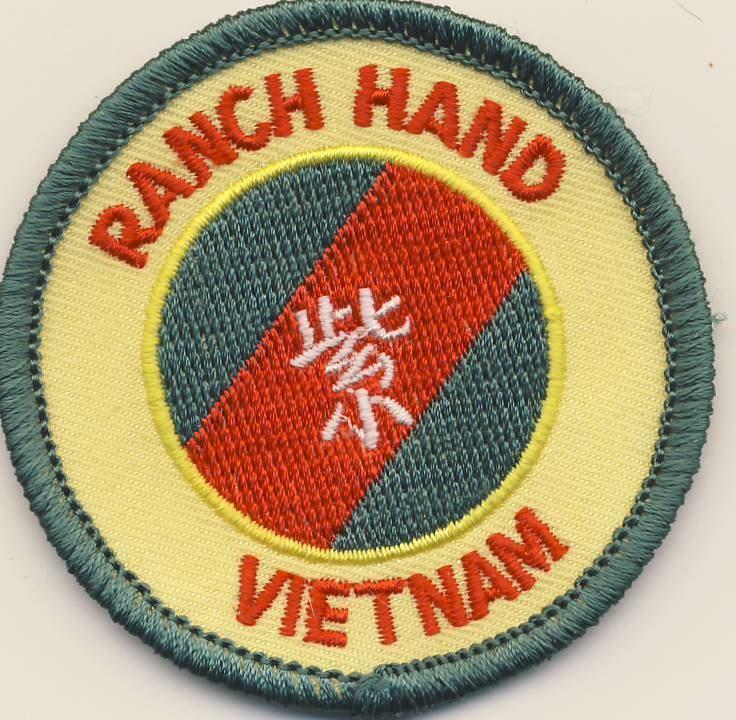
According to Bowser, barrels containing Agent Orange had to be reused by the ever-frugal U.S. Army to contain and dispense water to the troops at Long Binh.
The barrels containing Agent Orange residue that were never properly sanitized or cleaned were refilled with water and left out in the sun, awaiting “the eager victims who queued up to take turns being exposed to a premier cancer risk.”
Susan Hammond, founder of the Legacies of War Project, which raises awareness about the lingering health and environmental consequences of the Indochina War, highlighted her experience working with children who were severely disabled because of Agent Orange.
Hammond pointed out that the U.S. Air Force carried out extensive Agent Orange spraying in Laos due to its proximity to the Ho Chi Minh Trail, by which the North Vietnamese sent supplies down to the southern guerrillas.
Today, Laos is less equipped than Vietnam to treat victims because of a dearth of doctors and lack of access to transportation of people living in rural areas. Some mothers have to spend all their time caring for badly disabled kids and receive almost no public support.
At the end of her talk, Hammond detailed the efforts of now-retired Senator Patrick Leahy (D-VT) to help secure more than $500 million in U.S. government funding to assist Agent Orange and other war victims. The Pentagon has committed $15 million to cleaning up a heavily sprayed area around the Bien Hoa military base, though this is a fraction of what it should be doing, and is jeopardized by the Trump administration’s sweeping foreign aid cuts.
Jacqui Chagnon followed Hammond by discussing her experience working with the International Voluntary Services (IVS), a version of the Peace Corps during the Vietnam War.
Early in her time in Vietnam, Chagnon said she noticed that the grass outside the IVS building in Saigon where she was working was filled with liquid. Soon, she realized that the U.S. Army was dumping Agent Orange there.
Jacqui believes her daughter Miranda was contaminated by Agent Orange when she breastfed her, as Miranda got ill three times as a baby and almost died (thankfully today she is okay).
Jacqui was stationed during the war in Sakong district along the heavily bombed Ho Chi Minh Trail and encountered many mothers at the local hospital whose babies were getting sick; one woman had five of her kids die within a few months of each other.
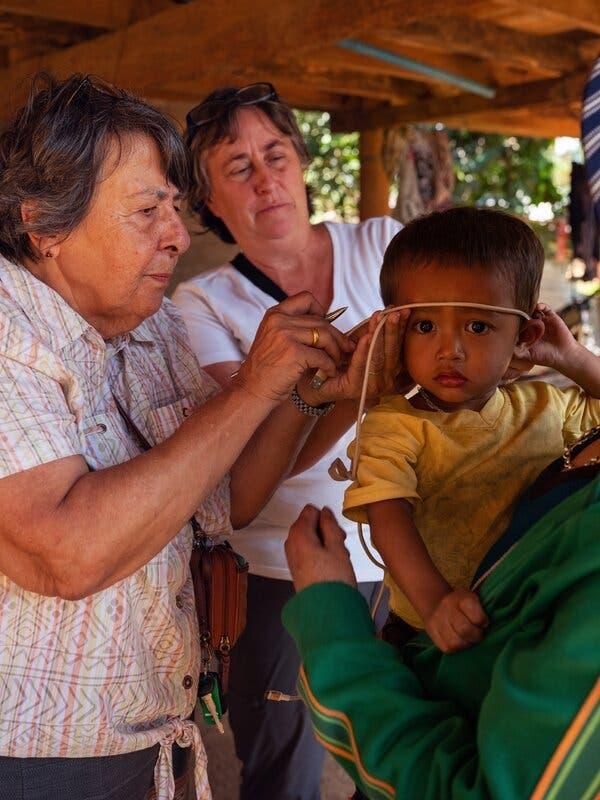
The webinar ended with remarks by Tim Reiser, an aide to former Senator Leahy and now to Senator Peter Welch in Vermont who has worked to get more government funding for projects that assist Agent Orange victims, and Charles Bailey, who helped raise funds for the same purpose while working for the Ford Foundation.
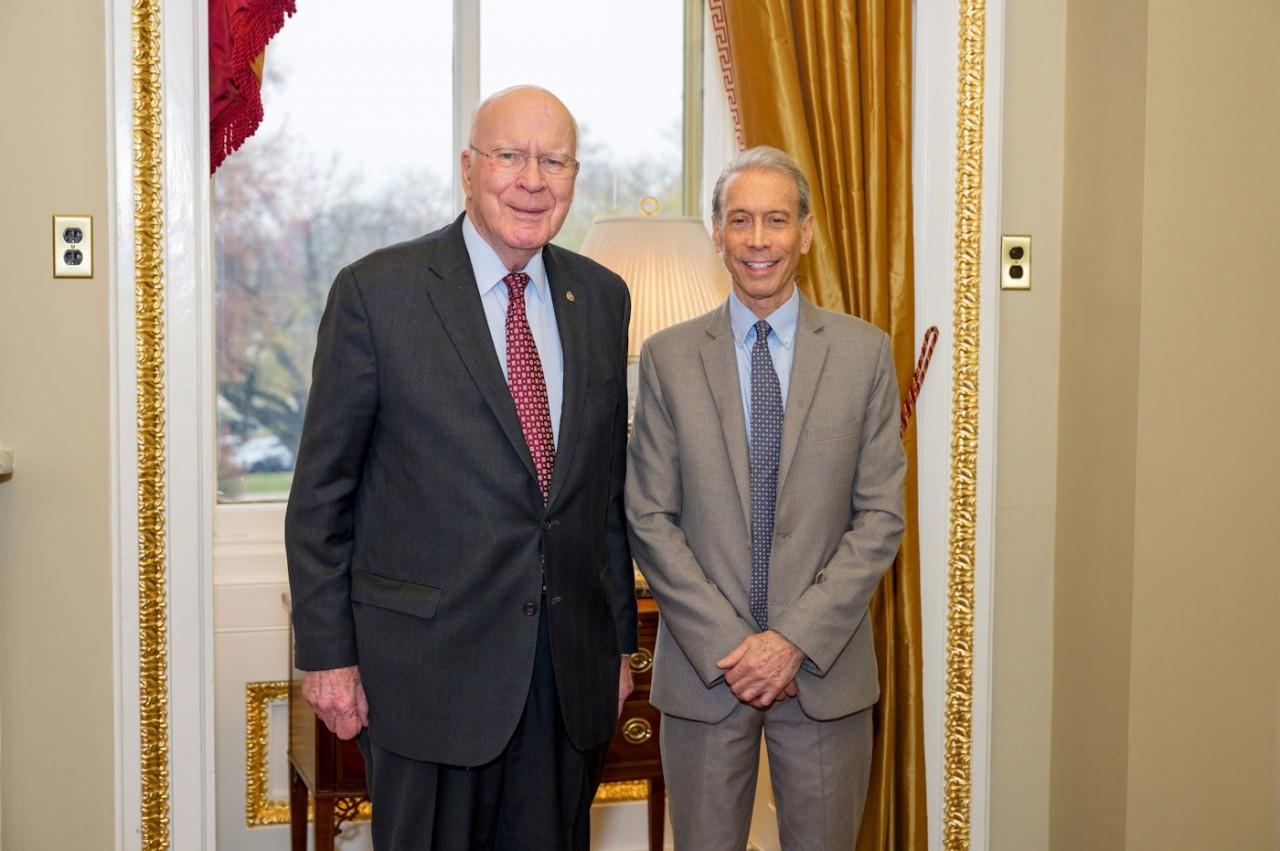
These latter efforts have certainly been beneficial; however, the victims of U.S. chemical warfare have never on the whole been adequately compensated; only a fraction today receive the medical aid or community support that they require.
The latter is hardly surprising as, after the Vietnam War ended, the U.S. imposed a harsh embargo on Vietnam and Laos in an attempt to punish its people for supporting communist leaders and delivering to the U.S. the most humiliating military defeat in its history.
The horrific long-term health effects of Agent Orange appear somewhat analogous to those associated with the atomic bombs deployed over Hiroshima and Nagasaki, which resulted in the spread of radiation sickness and cancers and high child deformity levels, which the residents still suffer from 79 years later.
In both cases, Asians were used as human guinea pigs in the testing of experimental weapons that were supposed to secure a Pax Americana but did nothing of the sort.
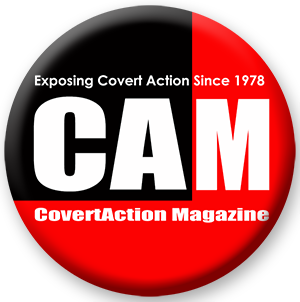
Agent Orange was used about 62% of the time compared to the others. ↑
Arthur H. Westing, “The U.S. Food Destruction Program in South Vietnam,” in Frank Browning and Dorothy Forman, eds., The Wasted Nations: Report of the International Commission of Enquiry into United States Crimes in Indochina (New York: Harper & Row, 1972), 24, 25. ↑
CovertAction Magazine is made possible by subscriptions, orders and donations from readers like you.
Blow the Whistle on U.S. Imperialism
Click the whistle and donate
When you donate to CovertAction Magazine, you are supporting investigative journalism. Your contributions go directly to supporting the development, production, editing, and dissemination of the Magazine.
CovertAction Magazine does not receive corporate or government sponsorship. Yet, we hold a steadfast commitment to providing compensation for writers, editorial and technical support. Your support helps facilitate this compensation as well as increase the caliber of this work.
Please make a donation by clicking on the donate logo above and enter the amount and your credit or debit card information.
CovertAction Institute, Inc. (CAI) is a 501(c)(3) non-profit organization and your gift is tax-deductible for federal income purposes. CAI’s tax-exempt ID number is 87-2461683.
We sincerely thank you for your support.
Disclaimer: The contents of this article are the sole responsibility of the author(s). CovertAction Institute, Inc. (CAI), including its Board of Directors (BD), Editorial Board (EB), Advisory Board (AB), staff, volunteers and its projects (including CovertAction Magazine) are not responsible for any inaccurate or incorrect statement in this article. This article also does not necessarily represent the views the BD, the EB, the AB, staff, volunteers, or any members of its projects.
Differing viewpoints: CAM publishes articles with differing viewpoints in an effort to nurture vibrant debate and thoughtful critical analysis. Feel free to comment on the articles in the comment section and/or send your letters to the Editors, which we will publish in the Letters column.
Copyrighted Material: This web site may contain copyrighted material the use of which has not always been specifically authorized by the copyright owner. As a not-for-profit charitable organization incorporated in the State of New York, we are making such material available in an effort to advance the understanding of humanity’s problems and hopefully to help find solutions for those problems. We believe this constitutes a ‘fair use’ of any such copyrighted material as provided for in section 107 of the US Copyright Law. You can read more about ‘fair use’ and US Copyright Law at the Legal Information Institute of Cornell Law School.
Republishing: CovertAction Magazine (CAM) grants permission to cross-post CAM articles on not-for-profit community internet sites as long as the source is acknowledged together with a hyperlink to the original CovertAction Magazine article. Also, kindly let us know at info@CovertActionMagazine.com. For publication of CAM articles in print or other forms including commercial internet sites, contact: info@CovertActionMagazine.com.
By using this site, you agree to these terms above.
About the Author

Jeremy Kuzmarov holds a Ph.D. in American history from Brandeis University and has taught at numerous colleges across the United States. He is regularly sought out as an expert on U.S. history and politics for radio and TV programs and co-hosts a radio show on New York Public Radio and on Progressive Radio News Network called “Uncontrolled Opposition.”
He is Managing Editor of CovertAction Magazine and is the author of six books on U.S. foreign policy, including Obama’s Unending Wars (Clarity Press, 2019), The Russians Are Coming, Again, with John Marciano (Monthly Review Press, 2018), Warmonger. How Clinton’s Malign Foreign Policy Launched the U.S. Trajectory From Bush II to Biden (Clarity Press, 2023); and with Dan Kovalik, Syria: Anatomy of Regime Change (Baraka Books, 2025).
Besides these books, Kuzmarov has published hundreds of articles and contributed to numerous edited volumes, including one in the prestigious Oxford History of Counterinsurgency .
He can be reached at jkuzmarov2@gmail.com and found on substack here.
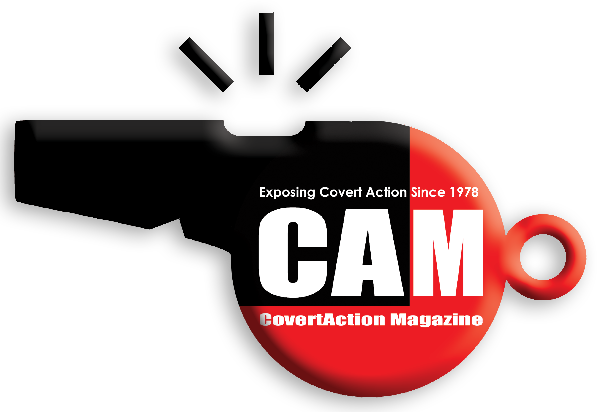
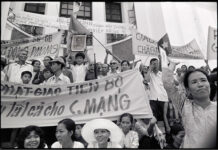
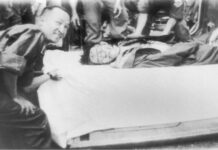

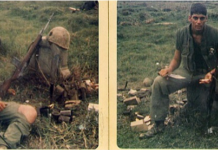
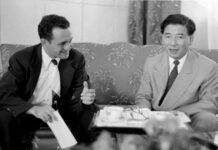
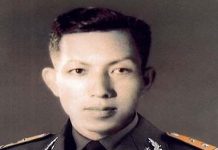
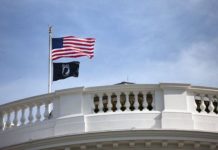

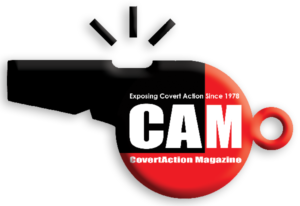
The cuts by the TRUMP administration to USAID have made the situation worse. Although not perfect USAID was doing a lot of good things.
https://halifax.citynews.ca/2025/03/19/agent-orange-cleanup-and-other-efforts-critical-to-ties-with-vietnam-jeopardized-by-usaid-cuts/